Imagine if emergency personnel were unreachable. Frantic phone calls would go unanswered, and emergency vehicles would never leave the station. To a person requesting emergency services, it could mean the matter of life or death. These unexpected situations have the potential to become a reality when emergency response facilities do not have properly installed lightning protection systems, and the grounding and bonding required for proper operation.
To avoid Mother Nature-induced tragedies, two Midwestern emergency response centers recently upgraded their lightning protection and grounding systems. The installation of proper electrical systems is paramount when safety can be compromised. While systems that comply with present codes are safe for most standard locations, sensitive locations, such as emergency response centers, should exceed those minimum requirements to help assure reliability.
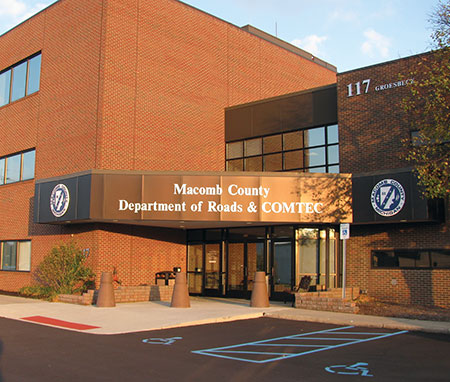
Because lightning strikes are unpredictable, it is important to install precautionary systems that can direct the electrical charges harmlessly into the earth before it damages equipment. Yet shockingly, building owners and facility managers often wait until after costly damages occur to address their lightning protection or equipment grounding systems.
Copper and its alloys are the most common wiring or grounding material used for reducing power quality problems because it avoids oxidation complications, provides superior reliability and it is corrosion resistant at connections. The installations described below, explain how corrected and/or enhanced bonding and grounding improved operation and protection at public service centers.
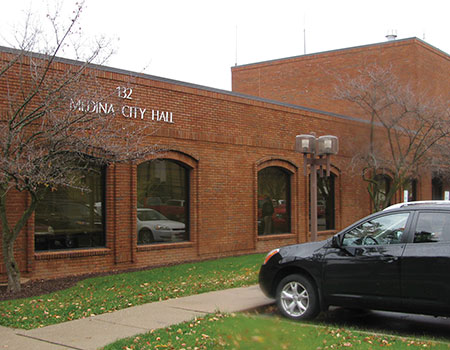
Responsive Action
Disaster stuck at Medina, Ohio’s Public Safety Center when lightning hit the center’s communication tower in 2013. The surge traveled from the tower to the IT and communications racks and onward through the system. It blew out two-thirds of the dispatch center including radios and computers, damaged other electrical appliances. Emergency workers had to communicate using portable radios and laptops.
“Our biggest loss was the computers in the detective bureau, including a server we relied on for historical information,” said Sergeant Darrin Zaremba, a Medina police officer who has spent most of his 20-year career in charge of the city’s IT networks. “Without that server, detectives were not able to do things as simple as send and receive an email or look up background information and other typical detective functions.”
The safety complex includes fire, police and emergency dispatch. It serves the neighboring municipalities of Medina Township and Montville, as well as an ambulance service for Cleveland Clinic, bringing the complex’s total population base to nearly 50,000.
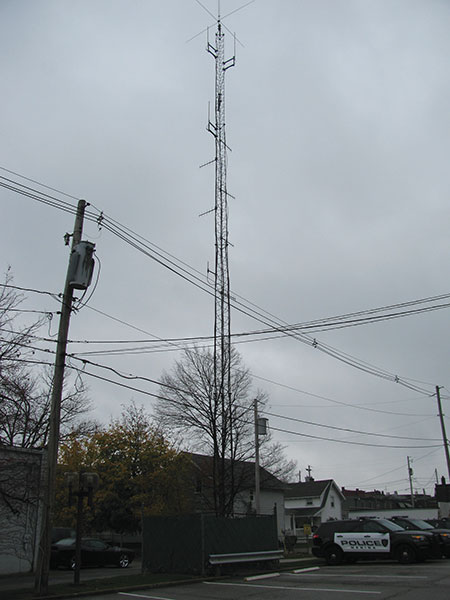
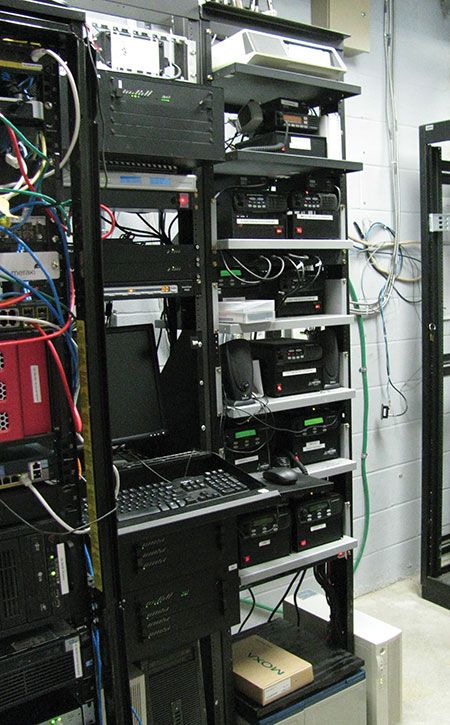
“The ongoing problem with electrical surges is that they weaken the system, and things start to fail later on. It is difficult to collect for damages then,” said Patrick J. Baraducci, the chief of police for Medina. “Beyond that was our loss of service. We had three dispatch stations and now, with that strike, we were down to one! Thank God we didn’t have a catastrophe while we were down.”
Through an audit, PowerEdge Technologies, Inc. concluded that the tower and communications cables were never properly grounded or bonded.
Tim Cookson, a senior electrical engineer with PowerEdge Technologies, Inc., first inspected the grounding system at the base of the center’s three-legged lattice tower and found several serious issues. The tower had originally been provided with two electrically separate grounding rods, a deficiency. To make matters worse, the rods were made from a material that corroded unevenly, a condition that led to the rods having different ground impedances. Thus, when lightning struck the tower, its energy would naturally have favored the lower-impedance rod of the two. In the process of seeking earth, the incoming energy would have set up a massive ground loop current that included both rods and an interior grounding bar located behind the cabinets in the building’s communications room. Since the interior bar was also improperly connected directly to the equipment racks and to the main grounding bar (MGB), it was quite possible that lightning energy could flow from the tower to the interior bar and from there to the racks and downstream equipment.
“We accepted Mr. Cookson’s recommendations and set him to work,” Baraducci said. “I’ll say from the beginning, that we have not had a lightning-induced incident since Tim installed our copper system and fixed our grounding. So my first words of advice to any police chief is get away from your equipment vendors and go with grounding professionals. If you have an electrical grounding issue, go to an electrical engineer, not a radio salesman.”
Cookson replaced the existing rods with three copper-clad 10-feet x ¾-inch rods, which were bonded to the legs of the tower and to a new bare copper AWG 4/0 copper ring ground that was installed around the tower. The existing rods (and therefore the tower) had been connected to the interior collector bar and a lead from that bar was (mistakenly) directed to the racks.
The most important result of Cookson’s corrections and subsequent improvements to the complex’s grounding system was that energy from any future lightning strike to the tower would be directed to earth via the low resistance/impedance ring ground and electrodes at the tower base and not through paths that included sensitive electronic equipment. The complex’s computers, servers and critically important communications equipment were thereby taken out of danger.

“The advantage of using a grounding specialist or a professional engineer in situations like this is the ability to look at the global picture and not just rely on the knowledge of the equipment manufacturer,” Cookson said. “Vendors might have knowledge of their equipment but they don’t necessarily know how they will interact with the communications system they’re connecting with, not to mention the total electrical and grounding systems involved with the structure. Grounding specialists see that big picture and know how to deal with it.”
Preventative Action
Facility managers in Macomb County, Michigan, took a preventative approach when relocating its safety center, COMTEC, to an existing structure. Although the structure was equipped with a communications tower, age and corrosion had deteriorated the grounding connections. “It’s critical that our communications services remain up and running because we’re often dealing with life-and-death situations in our 9-1-1 dispatch center, and we have to get our personnel to the injured as fast as possible,” said Victoria Wolber, the director of emergency management and communications for Macomb County, Michigan.
During reconstruction, the safety center called in Guardian Equipment Company to install a new lightning protection system.
To aid in the new grounding system design of COMTEC and several auxiliary transmitter sites, the team used several codes that dealt specifically with grounding for lightning protection: Underwriters Laboratories’ UL 96A: Installation Requirements for Lightning Protection Systems; the National Fire Protection Association’s NFPA 780: Standard for the Installation of Lightning Protection Systems; NFPA 780 and the Lightning Protection Institute’s LPI 175: Standard for the Design – Installation – Inspection of Lightning Protection Systems.
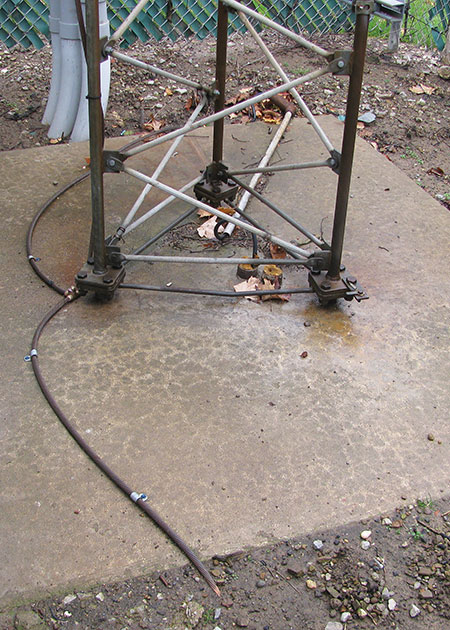
The team installed air terminals (also called lightning rods, Franklin rods, and strike termination devices, STDs) at 20-foot intervals along the roof’s perimeter and elsewhere on the roof. The team used a perimeter cable as a ring ground from which to drop down-conductors to driven 10-foot x ¾-inch copper-clad electrodes in the ground below. Approximately 15 driven electrodes were spaced about 100 feet apart surrounding the structure. Two of them were specifically bonded to the ring-ground surrounding the tower.
“We grounded the tower with 28 R cable, which is a special Class II lightning conductor consisting of 28 strands of bare, braided AWG 14-Gauge wire,” Fair said. “We sometimes use tinned wire when our engineer of record thinks that it would give the conductor a longer service life, but that wasn’t the case here.”
Class II cable is used for structures taller than 75 feet. It is also good when conductors have to be exothermically welded to ground rods, building steel, or in this case, to the tower itself.
“On the two-story side of the structure, which is less than 75 feet tall, we used 29-strand by 17-Gauge Class I wire. It’s a little thinner and less obtrusive to the eye,” Fair said.
All services, electric, water and gas were bonded together at a common ground potential and bonded to the building’s grounding system, in accordance with code requirements. Fair tags his installations where appropriate to inform workers of the code-sensitivity of those connections.
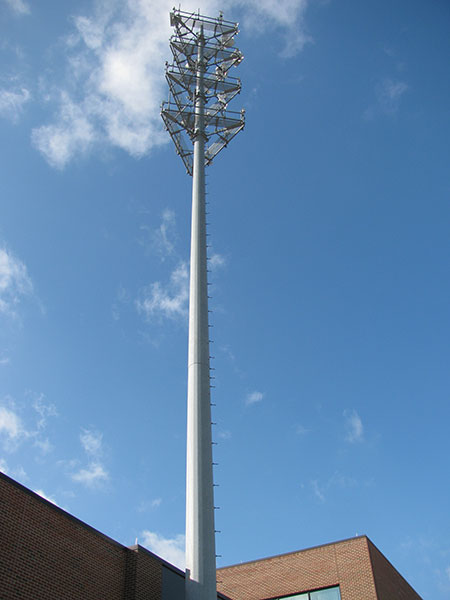
Bonding the building steel to the grounding system is also a code-mandatory practice. This bond should be at the lowest location practical. However, while building steel might provide a de facto ground/earth connection, a continuous electrical path cannot always be verified and grounding connections should properly be made via adequately sized copper down-conductors bonded to appropriately spaced, driven electrodes. A rooftop-level ring-ground surrounding the structure might also be employed. The ring simplified installation of the lightning protection/grounding system, and its copper down-conductors, blended in well with the center’s brick walls.
The Solution
Time has proven that a switch to a properly installed electrical grounding and bonding system can protect organizations from property damage and even loss of life. There are a variety of techniques that can help prevent or alleviate the effects of poor power quality, including better electrical design and installation of additional wiring and grounding. These techniques are usually inexpensive to install, especially when a building is undergoing construction. They may also be cost effective during retrofits.
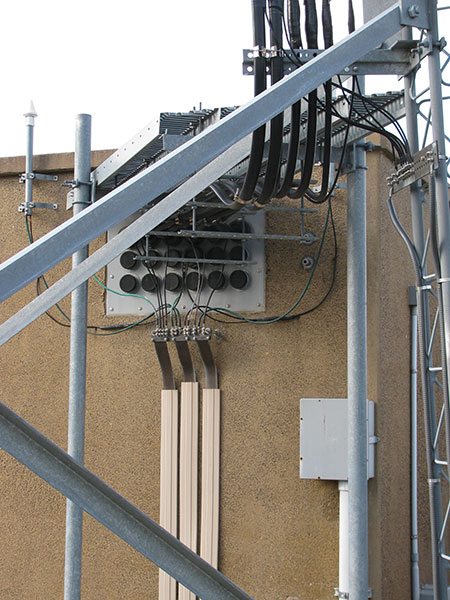
The types of suggested systems for 9-1-1 facilities are generally found in the IEEE literature, NFPA 780, and Motorola R56 standards. Keep in mind that these recommendations and standards are minimal. Grounding and surge protection are even more critical in a communications environment, and in most retrofits designed to alleviate lightning damage that we examined, these standards were exceeded. A very important requirement is connecting the lightning protection array to a very low resistance grounding system. Without a very low-resistance path to earth (exceeding code minimums), a LP system may make matters worse than having no LP system.
The best time to install a copper grounding and bonding system is before emergencies occur. The solution is usually inexpensive compared to the value of the data or productivity in jeopardy. Once a system is in place, it is important to perform regular maintenance and checks.

Since upgrading their grounding systems, there have been no lightning-induced service disruptions at the Public Safety Center in Medina or COMTEC in Macomb County. The residents of both communities can thank their facility management teams for implementing properly designed and installed robust all-copper grounding and lightning protection systems. The Copper Development Association (CDA) recommends that building and facility managers take the necessary steps to protect their property from power quality problems by going beyond code expectations.
For more information regarding copper in grounding systems or the electrical upgrades installed at COMTEC and the Medina Safety Center visit www.copper.org/pq or view a short video of the projects on CDA’s YouTube channel, www.youtube.com/user/coppervideo. CDA also offers free continuing education electrical seminars that may lead to Professional Development Hour’s for renewal of Professional Engineer licenses in most states. Fill out the form at www.copper.org/electricalseminars for more information.








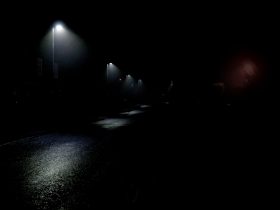
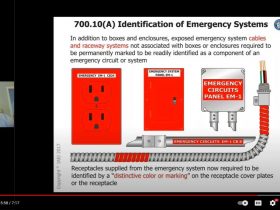
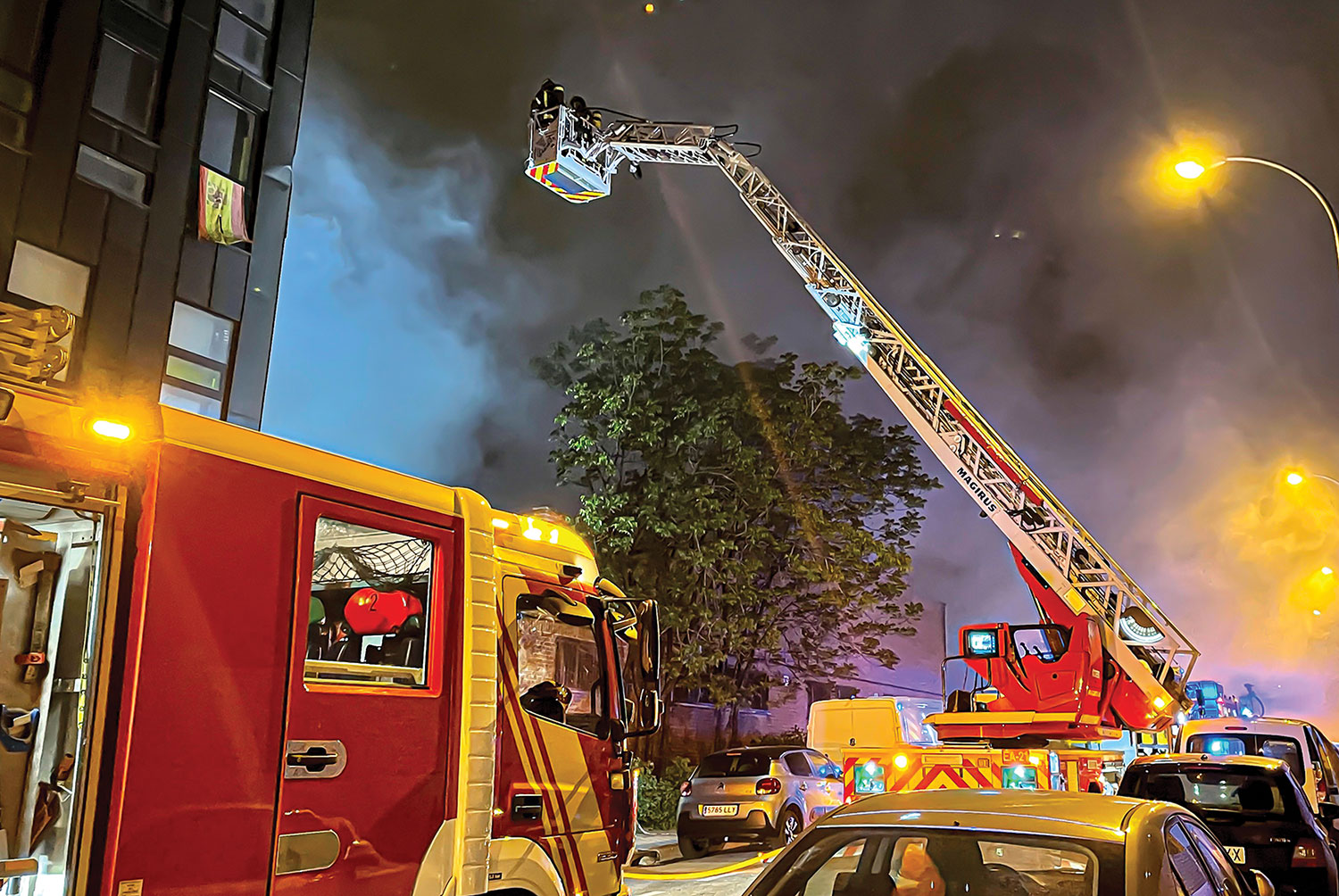
Find Us on Socials